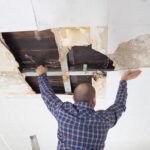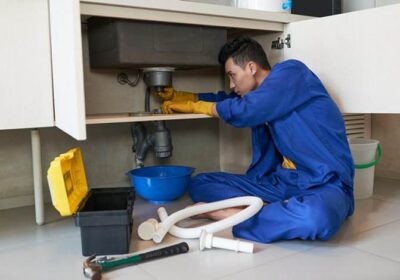
The Different Types of SPC Flooring
There are several different types of SPC Flooring, each with its unique benefits and drawbacks.
Linoleum: Linoleum is perhaps the most common type of SPC flooring, and it’s made from linseed oil and wood fibers. It has a low-maintenance surface that’s resistant to scratches and stains, making it a popular choice for busy office spaces or corridors. However, linoleum is quite expensive to buy and install, and it can sometimes be difficult to keep clean.
Carpet: Carpet is another popular type of SPC flooring , made from synthetic materials like nylon and polypropylene. It has a lot of advantages over linoleum – for example, it’s much easier to clean because dirt and dust don’t stick to it as easily. However, carpets can get damaged if they’re not correctly installed or maintained, so you’ll need to spend some time taking care of them every year. Additionally, carpet tends to be more expensive than linoleum.
Percale: Percale is a type of SPC flooring made from cotton yarns that have been woven into a mat-like fabric. This makes it lightweight but tough enough to withstand heavy traffic or high footfall rates. Percale is also very cost-effective compared to other types of SPC floors.
Maintenance of SPC Flooring
Spruce, pine, and cedar flooring is a popular choice for those who want a floor that’s both beautiful and easy to care for. Like most other types of flooring, SPC requires regular cleaning to keep it looking its best. However, there are a few specific things you need to know about SPC flooring to take care of it properly.
Some of the most important things to remember about SPC flooring include the following:
- Always use a clean cloth when cleaning – don’t use harsh chemicals or abrasives.
- Use warm water and mild soap – avoid using strong cleaners that could damage the finish on your floor.
- Let the cleaner sit on the surface for a few minutes before rinsing it off completely.
- Make sure you dry your floor completely before applying any new polish or sealant.
Installation Tips for SPC Flooring
Here are some installation tips for SPC flooring that you might find helpful:
- Make sure the area where you’re going to install the floor is well-lit and free of obstacles.
- Clear any debris or furniture beforehand so that the floor can be easily installed.
- Use a level to ensure that the floor is installed straight and true.
- Use a push broom to sweep any loose dirt or pieces of debris from under the tiles before installation.
- Place adhesive strips on the underside of each tile, then place them in position on the floor. Once they’ve been secured with screws, use a water pump to push water through them until they’re fully wet. This will help secure them in place while you attach the rest of the tiles.
- Apply pressure evenly throughout your entire installation using a hand mop or bucket to minimize distortion or warping.


















